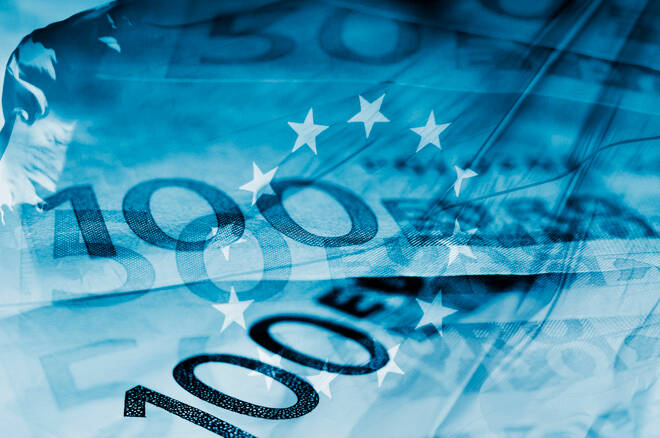Advertisement
Advertisement
The EUR Gets a Boost from Economic Sentiment and Industrial Production Figures
By:
Economic data from Italy, Germany, and the Eurozone deliver EUR support. JOLTs job openings next up from the U.S.
It was a relatively busy Eurozone economic calendar. Industrial production figures from Italy and economic sentiment figures for Germany and the Eurozone were in focus.
Italian Industrial Production
According to istat, industrial production fell by 0.1% in March, reversing a 0.1% increase in February. Economists had forecast a 0.4% rise. Production rose by 0.9%, quarter-on-quarter, in the 1st quarter of this year.
Year-on-year production was up 37.7% in March. In February, production had been down by 0.8%. Economists had forecast a 37.2% jump.
Economic Sentiment
In May, Germany’s ZEW Economic Sentiment Indicator jumped from 70.7 to 84.4, with the Current Conditions Indicator rising from -48.8 to -40.1.
Economists had forecast the German Economic Sentiment Indicator to rise to 72.0 and for the Germany’s Current Conditions Indicator to rise from -48.8 to -41.3.
For the Eurozone, the Economic Sentiment Indicator jumped from 66.3 to 84.0. Economists had forecast a rise to 65.0.
Market Impact
Ahead of the numbers the EUR had risen to a pre-stat high $1.21494 before falling to a pre-stat and current day low $1.21231.
In response to the marked year-on-year increase in industrial production figures, the EUR rose to a high $1.21643 ahead of the ZEW numbers.
The ZEW Economic Sentiment figures provided further support, with the EUR striking a post-stat and current day high $1.21693.
At the time of writing, the EUR was up by 0.30% to $1.21660.
Next Up
JOLTs job openings from the U.S…
About the Author
Bob Masonauthor
With over 28 years of experience in the financial industry, Bob has worked with various global rating agencies and multinational banks. Currently he is covering currencies, commodities, alternative asset classes and global equities, focusing mostly on European and Asian markets.
Advertisement
